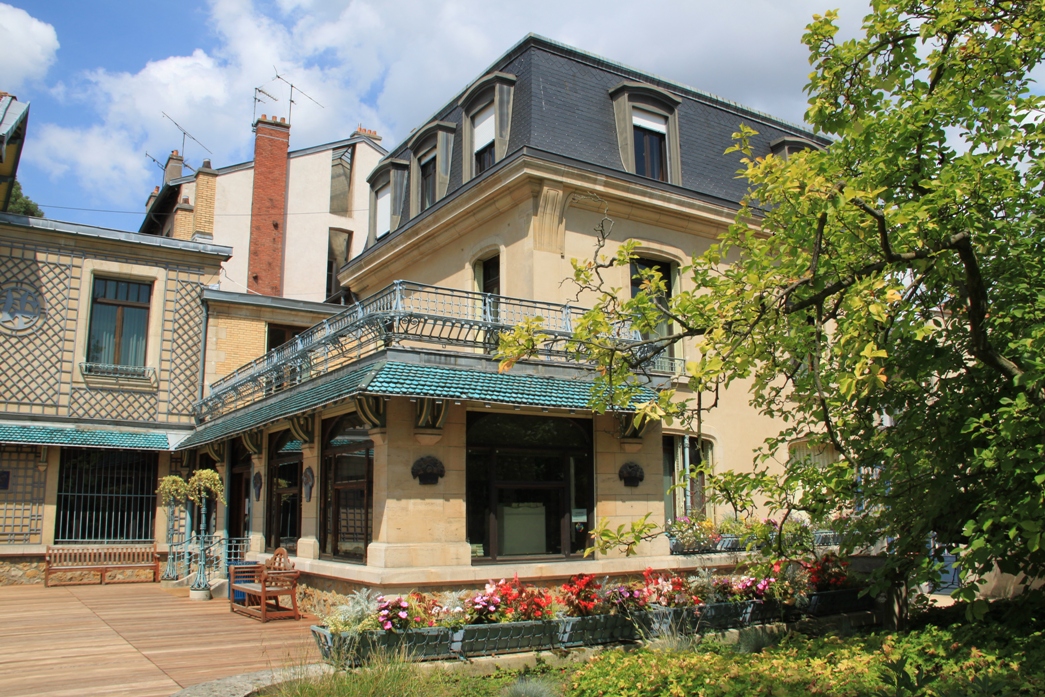École de Nancy

École de Nancy
L'Ecole de Nancy (literal translation „The Nancy School“), a prominent French association of artists and craftsmen, emerged in the late 19th and early 20th centuries. Originating in Nancy, France, this school was a significant contributor to the Art Nouveau movement. Renowned for its integration of art into everyday life, L'Ecole de Nancy aimed to blur the lines between fine and applied arts, thereby democratizing beauty and design.
The school's special features included an emphasis on natural forms, particularly floral and organic motifs, which they incorporated into various mediums such as glassware, furniture, and architecture. Their approach was characterized by a unique blend of artistic elegance and practical functionality. The artists and craftsmen of L'Ecole de Nancy were known for their innovative techniques, especially in glassmaking, which brought international acclaim to the school.
Some notable members of L'Ecole de Nancy included Émile Gallé, known for his exquisite glasswork; Louis Majorelle, a furniture designer who incorporated naturalistic forms into his creations; and Victor Prouvé, whose contributions spanned various mediums. Their works can be found in museums and private collections worldwide, showcasing the enduring appeal of their Art Nouveau style.
For collectors and connoisseurs of art and antiques, L'Ecole de Nancy represents a critical moment in the history of art and design, where creativity and craftsmanship converged to create objects of both functional and aesthetic value. Their legacy continues to inspire contemporary artists and designers.
Those interested in L'Ecole de Nancy and its impact on the art world can stay informed about related exhibitions, sales, and auction events by subscribing for updates. This ensures access to the latest information and opportunities related to this influential art movement.
| Country: | France |
|---|---|
| Start of the period: | XIX century |
| End of the period: | XX century |